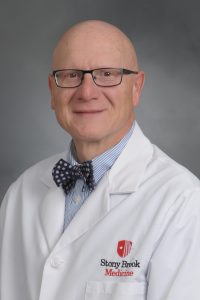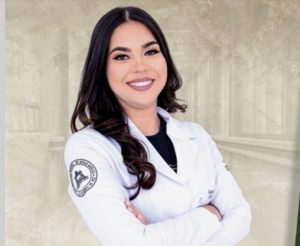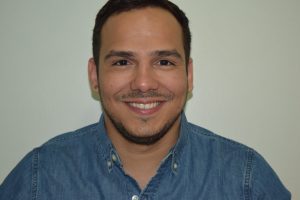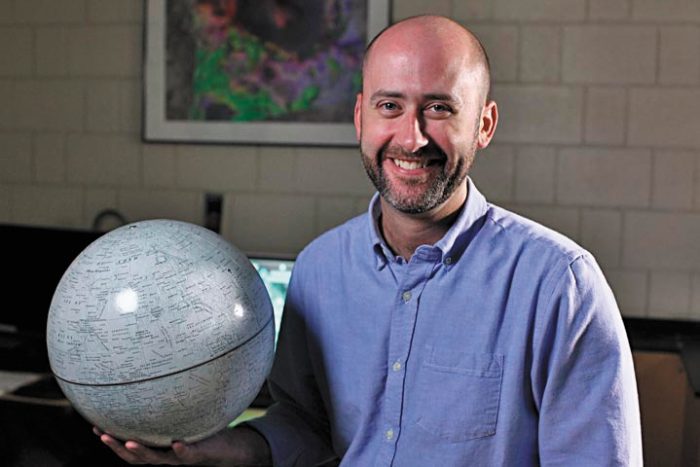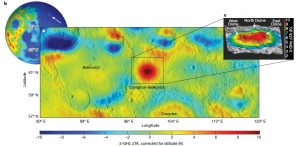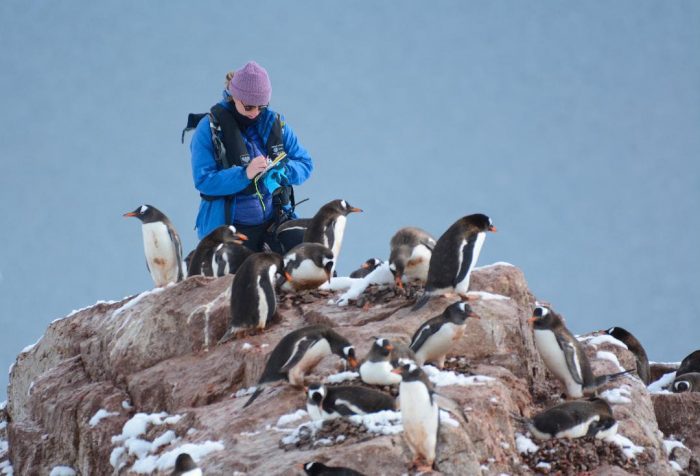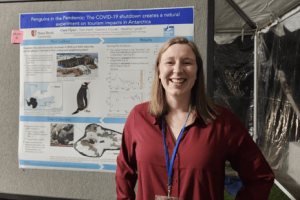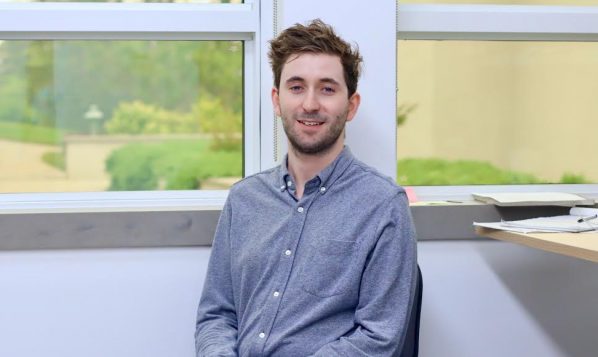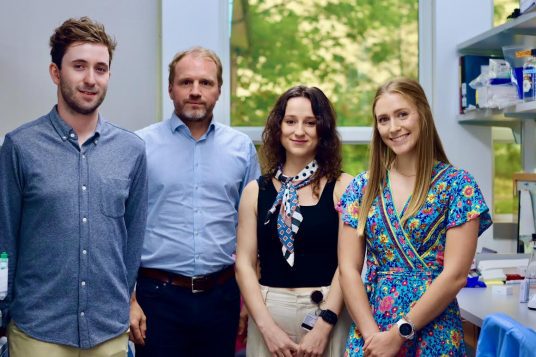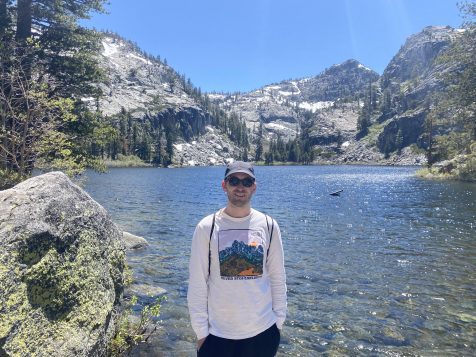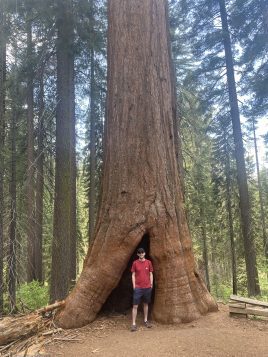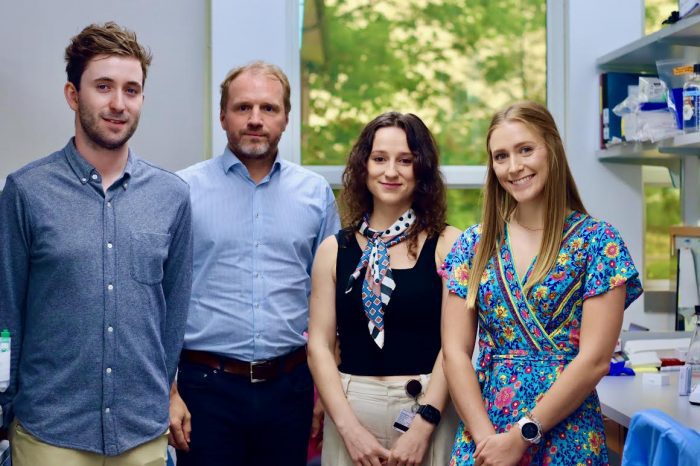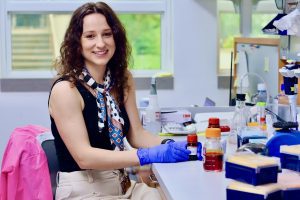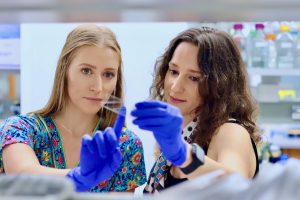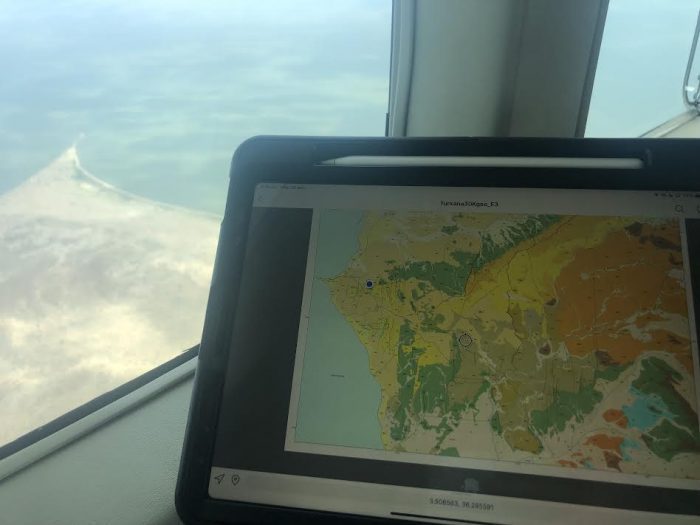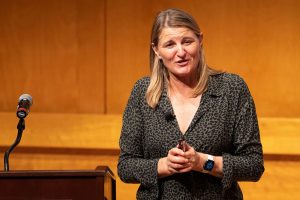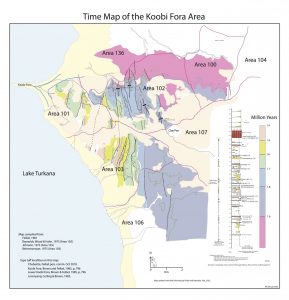By Daniel Dunaief
Andrew Young is in a similar place to the one he was in when he first met his wife Lynne over two decades ago: spending time on the water.
This time, however, instead of living aboard a 72-foot sailboat in San Diego, Young is shifting back and forth from his new home in Setauket to a motor boat, fully equipped to form a floating office, in the Setauket harbor.
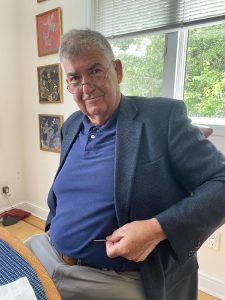
In the time between his stints aboard ships, Young, who is a native of Taranaki, New Zealand, has conducted research on gut hormones, making the kinds of discoveries that helped lead to diabetes treatments and weight loss treatments such as Ozempic and Wegovy.
When the couple first started dating in 2001, Young was working at a company called Amylin, which was named after a hormone.
For years, no one knew exactly what the hormone did. Numerous scientists believed amylin worked in opposition to the pancreatic hormone insulin, which controls glucose levels in the blood and, when absent, leads to diabetes.
Young’s job was to solve the riddle of amylin. Coming from the beta cells of the pancreas, which are the same cells that produce insulin and that responded to the same stimuli, he suspected it was involved in metabolic control, but “we got it totally wrong for about four years,” he said.
Young helped discover that amylin and insulin weren’t working in opposition: they were functioning on opposite ends towards the same goal.
Insulin accelerates the exit of glucose from the blood, while amylin slowed the entry of glucose into the blood. Amylin works on gastric emptying and suppresses appetite. The “clever little beta cell was doing two jobs,” Young said.
Adding in the second hormone made it easier to control glucose in the blood, without big ups and downs in sugar levels.
Replacing amylin meant the body needed about 30 to 50 percent of the amount of insulin the body might otherwise need. People who take insulin alone to treat diabetes require more insulin than the body usually produces.
“It’s an orchestra of hormones that get the job done,” Young said.
That’s especially true for hormones produced in the digestive tract The discovery of the physiology of amylin made the scientific and pharmaceutical world aware of the importance of the gut in metabolic control. For most pharmaceutical companies, the lesson began with Glucagon-like peptide 1, or GLP-1, which has led to Wegovy and Ozempic.
Amylin and GLP-1 were both used for diabetes. Amylin analogs haven’t been approved for weight loss, but Young expects they will be. “The amylin story was kind of neat,” he said. “It focused our minds on the gut. GLP-1 was the next one of these gut hormones.”
A revelation on a poster
While pharmaceutical companies saw the potential benefit of stimulating GLP1, which triggered the release of insulin, they couldn’t create a drug that had an effect that lasted long enough to make a difference.
The body makes GLP1 at about the same rate as it breaks it down, which means controlling blood sugar and appetite by altering GLP-1 was difficult. “You could get a decent anti-diabetic effect if you infused it continuously,” Young explained, as the half life of endogenous GLP-1 is about five minutes.
Young attended a poster session at the American Diabetes Association’s annual meeting in San Francisco, California in 1996.
Looking at a poster from Dr. John Eng, who works at the Bronx Veterans Administration Medical Center, Young thought he saw a solution in the form of a hormone from the reptilian Gila monster.
Eng demonstrated that the hormone, which he called exendin-4 and which he studied with his own money, stayed in diabetic mice for 24 hours. Young thought this might lead to the development of a diabetes drug.
As he was reading the poster, Young realized he was standing next to someone who worked at competitor Eli Lilly.
“I thought he had figured it out as well” and that they were in a race to understand exendin-4, Young added.
Young arranged for the staff at Amylin to buy what they could of this compound and to make some of it in house as well. The company quickly performed numerous experiments in a short period of time, even before Eng arrived in San Diego.
Eng gave a seminar about what he knew about the molecule. Young then stood up and talked about what Amylin had since learned about it.
Eng was “dumbstruck, but he realized at that stage that we were the people he should partner with,” Young added.
The hormone amylin and exendin-4 had many of the same effects, including inhibiting gastric emptying. They did, however, have opposite effects on other actions. Exendin stimulated insulin secretion, while amylin inhibited it.
Better than an injection
Young has continued to work for six companies in scientific leadership roles. Amid the financial crisis of 2008, Young went to work in North Carolina for GlaxoSmithKline, which is now called GSK.
In 2015, Young co-founded Phoundry Pharmaceuticals with five other former GSK coworkers. Phoundry attracted the attention of Intarcia Therapeutics. Using an invention by Alza Corp and licensed to Intarcia, the company developed a thin, implantable cylindrical device that could push as much as 160 micro liters of drugs out over six months.
In looking for a treatment for its drug delivery system, Intarcia chose Phoundry.
“The limited volume of such a small implanted pump required very potent medicines,” Young said. “Phoundry’s competitive advantage was the knowledge of how to engineer in such potency.”
After the purchase of Phoundry in 2015, Young became Chief Scientific Officer at Intarcia. The FDA, however, rejected the use of exendin from Intarcia. Through an extended appeals process, the FDA is planning to allow one final discussion about the delivery of exendin through Intarcia’s device on September 21st.
The current version of the device lasts for at least three and six months in the body. The same device could be used to deliver other medicines. The pumps have been engineered with a failsafe system that disables its osmotic engine in the event of malfunction, so the drug is not released.
The device could deliver drugs for many chronic conditions, such as hypertension and osteoporosis and is intended for frequent administration of the same drug.
Not only a scientist
As for his work in the early stages of understanding hormones that have led to drugs that are now widely used to treat diabetes and obesity, Young is pleased with his contribution.
“Obesity is probably the most deadly disease on the planet, given its high and increasing prevalence and the cardiovascular risk factors that spring from it,” Young explained.
Novo Nortis recently announced that treating obesity alone, without any diabetes, reduces the risk of death.
Young himself is taking one of these drugs and has lost 36 pounds over six months.
Part of a process that has led to six approved products, he is working as a consultant for several companies, and believes he still has more to give. “I intend to keep doing it,” he said. “I’ve got at least one more” down the road.
Given the long drug development process, he hopes to help move one or more pieces ahead.
As for his oceanic surroundings, Young didn’t exactly sweep his future wife off her feet when they met. “He invited me on his boat for dinner,” Lynne recalls. “He was outside the marina and he had on this sweater that was dirty and oversized.”
Young suggested they have soup for dinner and proceeded to pull out a can of Campbell’s tomato soup.
She knew Young, however, was “probably the guy when I walked on the boat and he said, ‘Would you like a cup of tea?’” Other men had suggested an alcoholic drink.
Lynne, who is an attorney, also appreciated his collection of books.
The Youngs chose Setauket because they had cast a wide net, looking for a home on the water somewhere between the Canadian border and North Carolina.
“This was it,” said Lynne, who is thrilled with the extensive art community in the area.

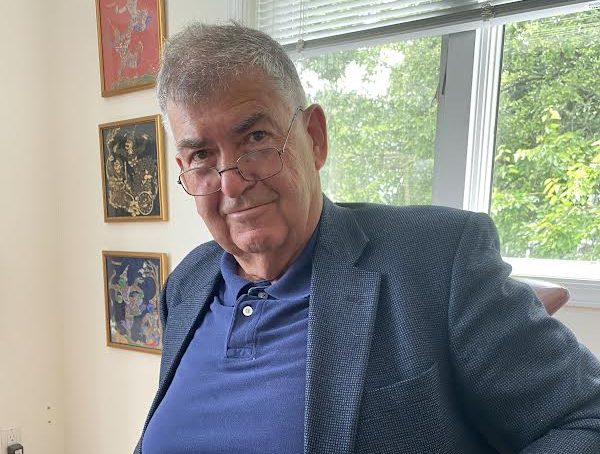
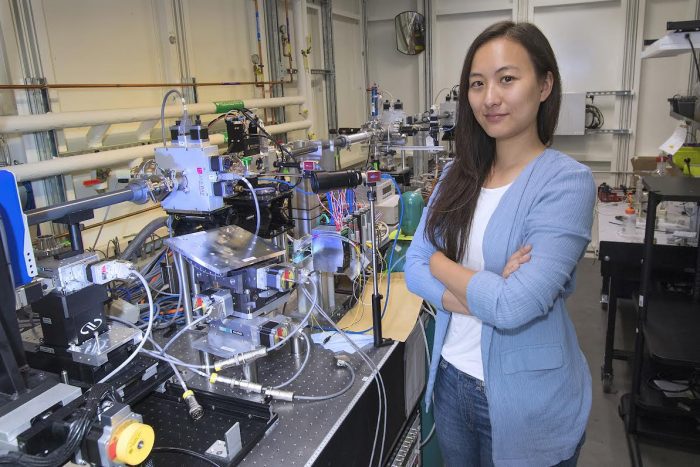
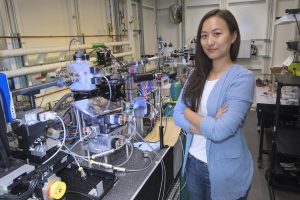
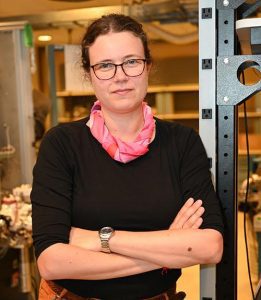
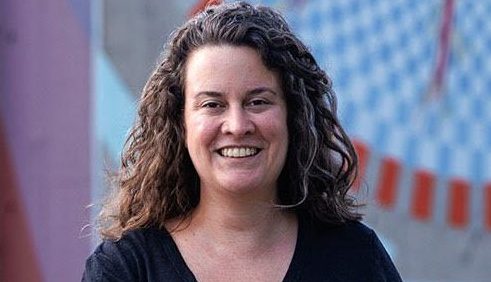
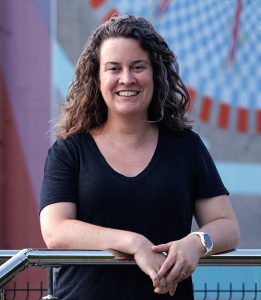
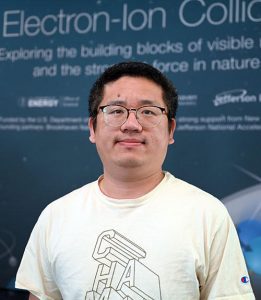
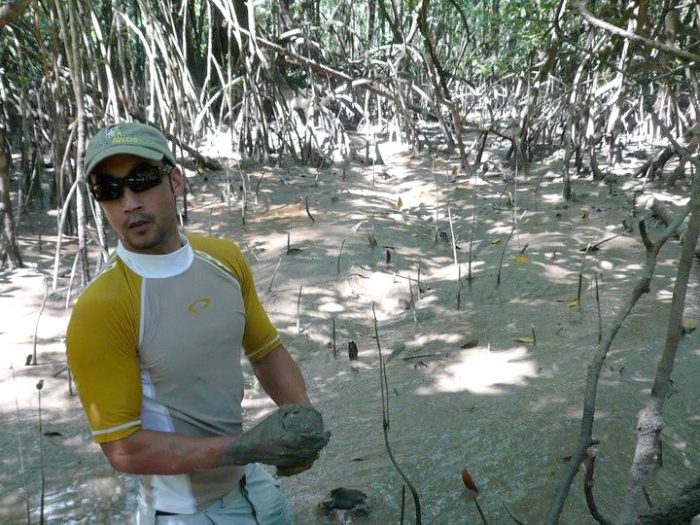
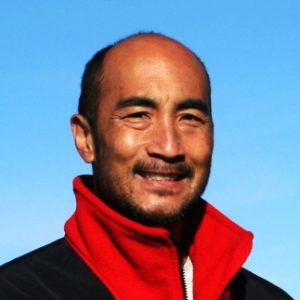
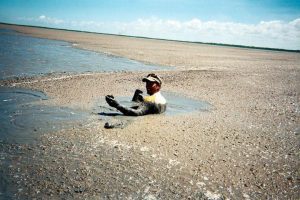 That process creates what is described as a reactive chlorine species, which is on the hunt for a positively charged particle, such as one of the four hydrogen atoms attached to carbon in methane.
That process creates what is described as a reactive chlorine species, which is on the hunt for a positively charged particle, such as one of the four hydrogen atoms attached to carbon in methane.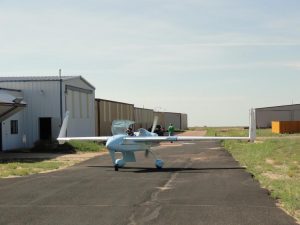 When he’s not working, Mak enjoys boating and fishing. A native of Southern California, Mak is a commercial pilot, who also does some flying as a part of his research studies.
When he’s not working, Mak enjoys boating and fishing. A native of Southern California, Mak is a commercial pilot, who also does some flying as a part of his research studies.
